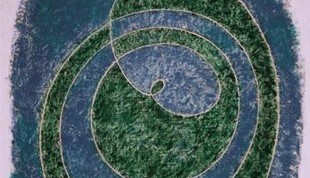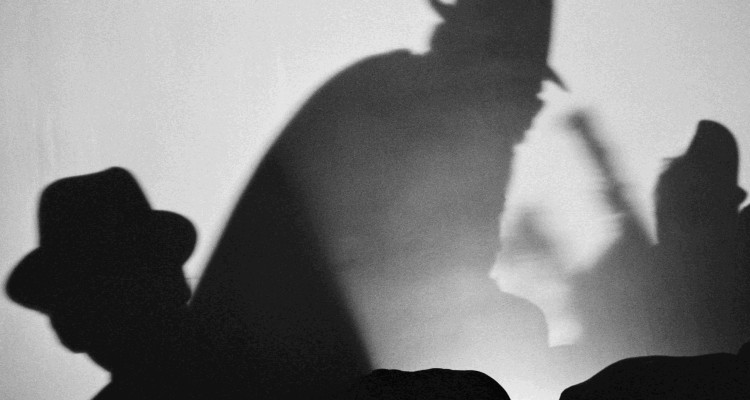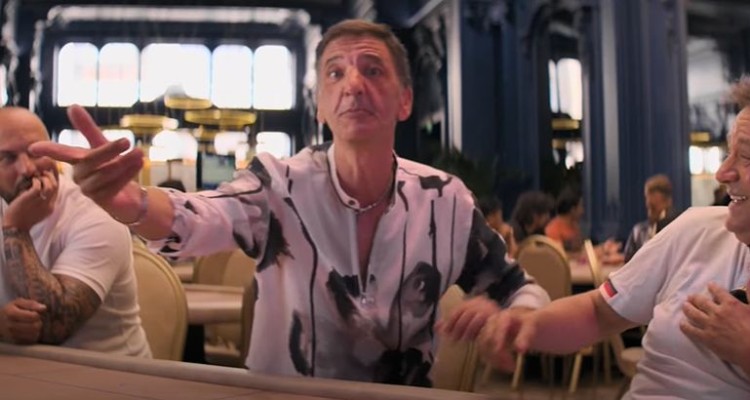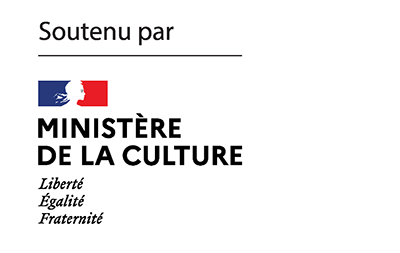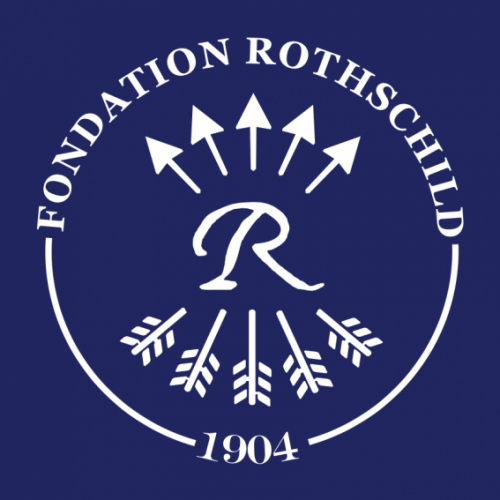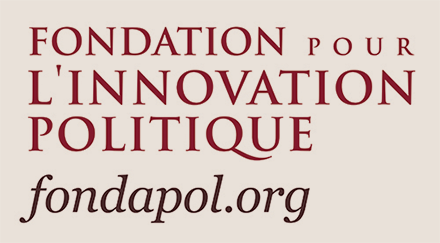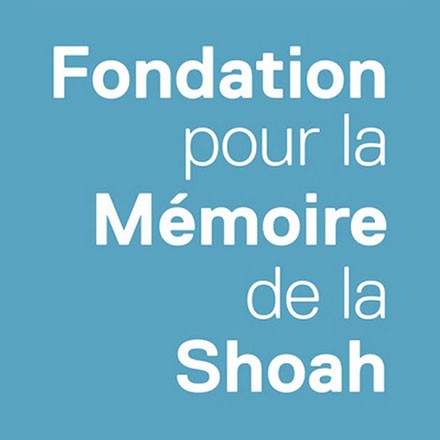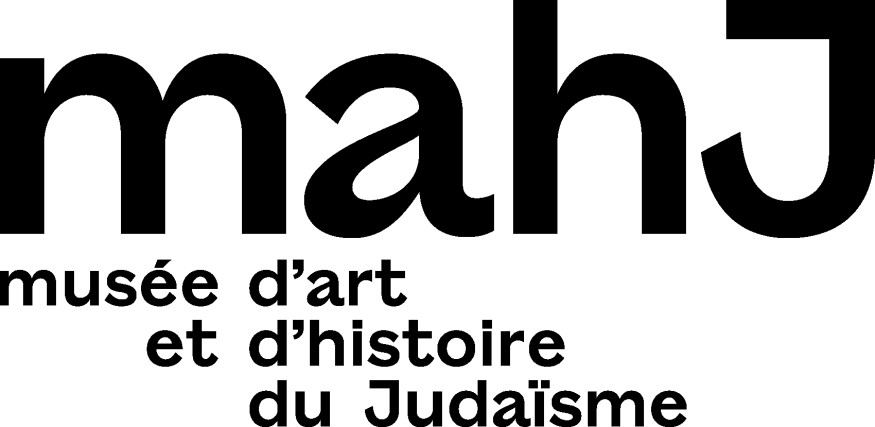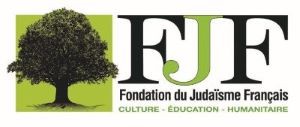After the Holocaust, after the creation of the State of Israel, the map of Jewish life was deeply changed. Its most significant centres have shifted. Just as it always has throughout Jewish history. For one should not think that Jewish polycentrism has come to an end: the State of Israel does not represent the centre of centres, but rather it complicates polycentrism into what it has become. Simon Dubnov (1860-1941) was the great modern historian of this mode of existence of the Jewish nation as a constantly remade network of times and spaces. Seeking to follow its movements in the course of history, he committed himself in this way to an understanding of his own Jewish present, and bequeathed to us, on the threshold of his death in the Riga ghetto, the form of the question: how can Jewish polycentrism be described, here and now, and how do we need to move within it in order to survive and maintain the diasporic nature of the people? Bruno Karsenti reconstitutes it in its form and its insistence as a specifically Jewish question, and brings it back to our present: that of a Western Europe where the features of an experience that concerns all Jews today are evident, because the elements around which it has always been constructed are precipitated.
Philippe Zachmann’s work, on which Avishag Zafrani reports this week in K, is also dedicated to an experience that concerns all European Jews today. His photographs, on show at the Paris’ Musée d’art et d’histoire du judaïsme until 6 March, track the loss, but also record the survival and persistence. They are of an inky black and white, as if the moment of their capture was already frozen in the past. The Jewish reality he documents often appears spectral, the images outlining the world after. The catastrophe that struck is visible everywhere like an unerasable trace, but the images also tell the story of a memory that is being recovered. Zachmann was born after the war, into a silent family that told him nothing about their religion and culture. He had to go and photograph the Jews where he found them in order to know something about himself.
One wonders how Philippe Zachmann could photograph Marco Mouly, a colourful character, swindler and histrionics genius, who vibrates without ever stopping his show in Les rois de l’arnaque (“The Lords of Scam“), the documentary directed by Guillaume Nicloux and released on Netflix. The title is reminiscent of a 1970s B-grade movie, and the film tells the story of one of the biggest scams ever committed in France. A scam that is also a Jewish story that David Haziza looks at as such, questioning the criminality of Jews and the winding paths of their social ascension.
